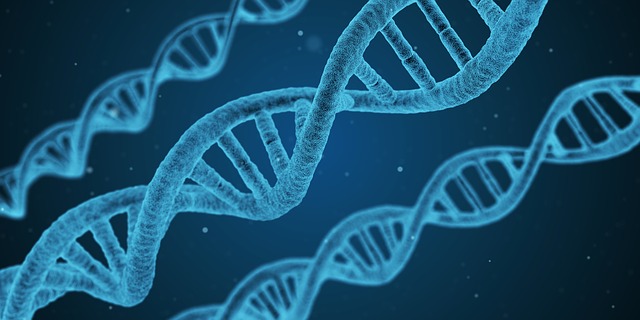As I’m working on 2020 updates for all of our board certification study material, I couldn’t help but recognize that I did not have a dedicated lecture on pharmacogenomics. Below I discuss how genetic alterations in CYP2D6 activity can affect two commonly used medications.
CYP2D6 is a well known metabolic enzyme that causes structural changes to drugs and other compounds. Genetic changes can alter the activity of this enzyme and how patients respond to medication. In most cases, rapid metabolism will lead to lower concentrations and a lesser clinical response, but as discussed below, this isn’t always correct.
I couldn’t think of two better examples than tamoxifen and paroxetine to demonstrate how pharmacogenetic differences can lead to an altered response.
Patient X is a rapid metabolizer via CYP2D6. Tamoxifen is a prodrug that forms active metabolites after being converted by this enzyme. These active metabolites are primarily responsible for helping to prevent and treat breast cancer. Patient X would be more likely to experience toxicity from tamoxifen because they would more quickly and at a higher rate form the active metabolites.
Now, if we consider treatment for depression for patient X, we have to remember that CYP2D6 is an important metabolic enzyme for many antidepressants. Paroxetine would rarely be my first choice for an antidepressant, but it will help me demonstrate an example of how pharmacogenetics can impact our patients. Paroxetine is an SSRI and is primarily metabolized by CYP2D6. Because paroxetine is the active medication, rapid metabolism would lead to reduced concentrations and risk of treatment failure/non-response.
PLEASE remember that we cannot look at these genetic variations “in a box”. Patients can be very complex and can be taking numerous medications that may affect the rate and extent of metabolism. If there are drug interactions at play, this can greatly impact concentrations and patient responses to those medications.
- 30 medication mistakes PDF
- 18+ Page Drug Interaction PDF
- 10 Commandments of Polypharmacy Webinar based on my experiences in clinical practice



Great information, as always. Thank you. Also very important – paroxetine is a strong 2D6 inhibitor and may prevent the prodrug tamoxifen from forming the most active metabolite endoxifen. There are significant botanical-derived 2D6 inhibitors including berberine found in goldenseal (Beware of CYP2D6 Inhibitors in
Patients Taking Tamoxifen http://www.hanstenandhorn.com/hh-article03-09.pdf.) (Clinical assessment of CYP2D6-mediated herb-drug interactions in humans: Effects of milk thistle, black cohosh, goldenseal, kava kava, St. John’s wort, and Echinacea https://www.ncbi.nlm.nih.gov/pmc/articles/PMC2562884/)
Thanks for the update on cyp 2D6 as regards tamoxifen metabolism when co-administered with paroxetine